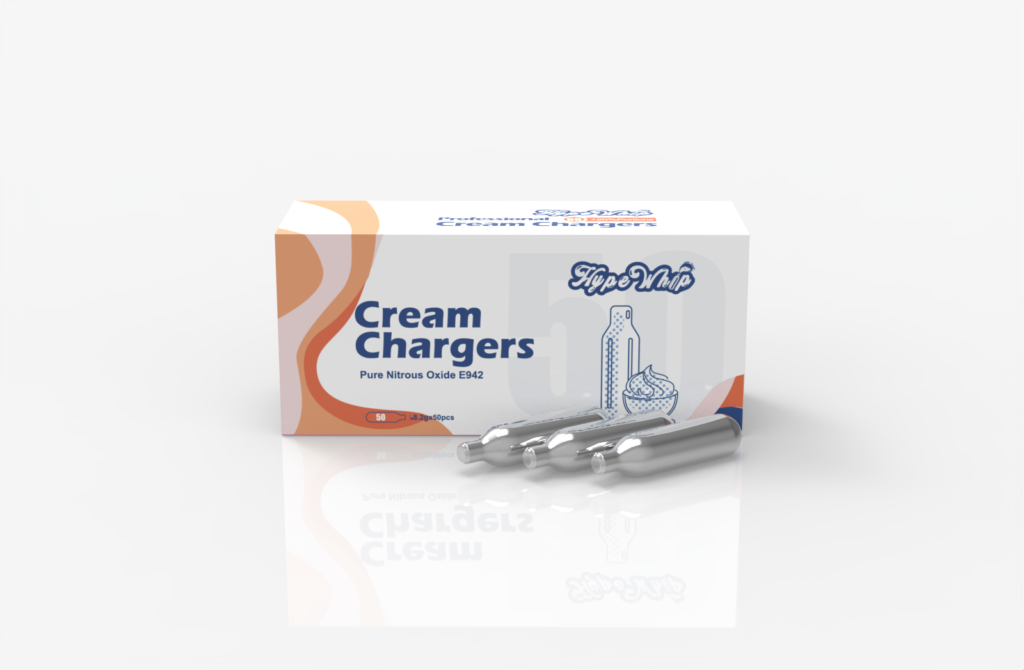The Impact of Cream Chargers on the Dairy Industry
The dairy industry has been a mainstay of global agriculture for centuries, producing a myriad of products that are integral

The use of nitrous oxide, colloquially known as ‘nangs’, has garnered significant attention in recent years. Though commonly associated with its use in culinary applications as a whipping aid for cream, it has found a place in recreational use due to its psychoactive properties. This article aims to delve into the science behind nangs, from their production to inhalation.
Nitrous oxide (N2O), known as laughing gas, is a colorless, non-flammable gas with a slightly sweet taste and smell [^1^]. It has found its primary use in medicine as an anesthetic and analgesic, in the food industry as a whipping aid, and as a propellant for engines in the automobile industry.
The production of nitrous oxide involves a process called thermal decomposition. Ammonium nitrate, when heated, decomposes to form nitrous oxide and water vapor[^2^].
Ammonium Nitrate (NH4NO3) → Nitrous Oxide (N2O) + Water (2H2O)
The resultant nitrous oxide is then purified and pressurized into small cartridges, popularly known as nangs or ‘whip-its’.
The key factor in the use of nitrous oxide, whether for whipping cream or recreational use, is pressure. The gas is pressurized into cartridges and when released, it rapidly expands, propelling out the cream or producing the desired ‘rush’ in recreational use [^3^].
When inhaled, nitrous oxide quickly enters the bloodstream through the lungs and reaches the brain, inducing a state of euphoria and relaxation. It does this by inhibiting the action of the neurotransmitter glutamate, which results in a decrease in perception of pain and an increase in the feeling of pleasure[^4^].
While nitrous oxide is generally safe for use in controlled settings, improper use can lead to serious health risks including oxygen deprivation and vitamin B12 depletion[^5^].
At BenChargers, you can find safe and reliable nitrous oxide products for culinary purposes. It’s important to use these products responsibly and understand the science behind them.
Understanding the science behind nangs from production to inhalation can help us appreciate their applications and potential risks. When used responsibly, nitrous oxide can safely be used in a variety of applications from the kitchen to the medical field.
[^1^]: Nitrous Oxide – NIST
The dairy industry has been a mainstay of global agriculture for centuries, producing a myriad of products that are integral
In the heart of Brisbane, the demand for cream chargers, often referred to as ‘whipped cream chargers’, is rising. They
Home-baking has come a long way, with numerous innovations that have elevated the experience and the outcomes. One such game-changer
Delivery Opening hours
Brisbane
Mon-Thur 11:00am-2:00am
Fri-Sat 10:00am-2:00am
Sun 11:00am-2:00am
Gold Coast
CLOSED PERMANENTLY
